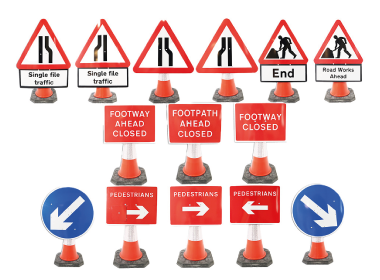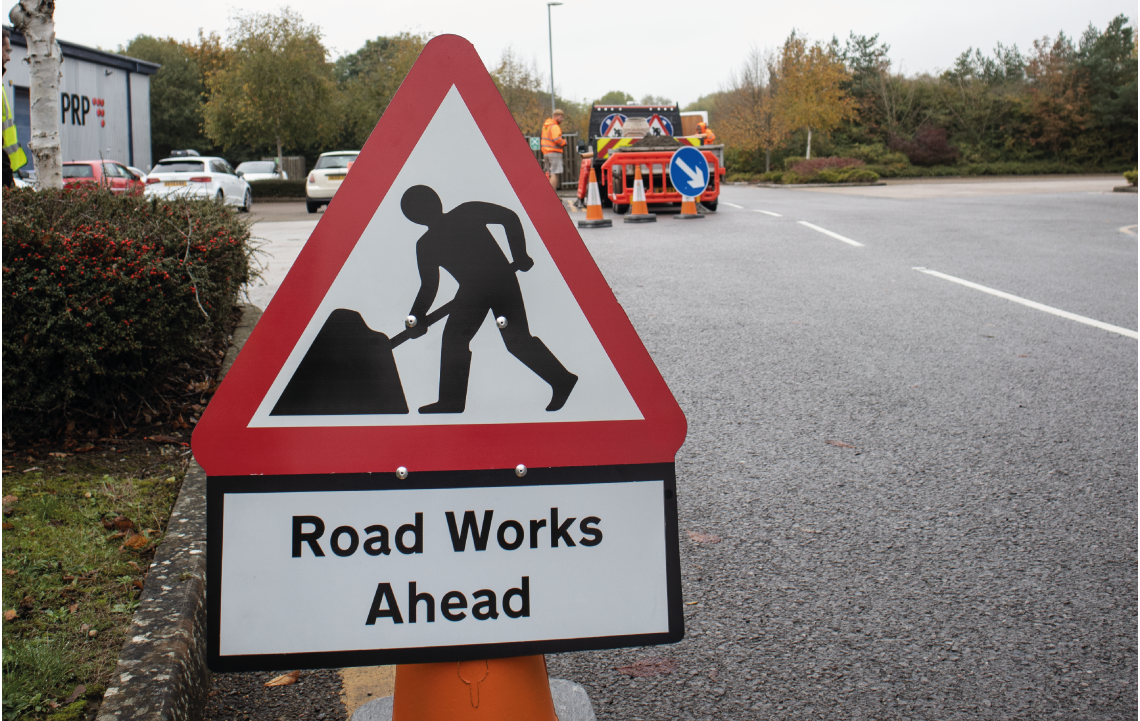Site Safety and the Importance of Chapter 8 Compliance

Site safety is an essential aspect of any construction, maintenance, or utility project. Effective safety measures not only protect workers and equipment but also ensure the welfare of the public. In the UK, Chapter 8 of the Traffic Signs Manual sets guidelines to establish and maintain safe, secure, and efficient worksites, especially when they impact public highways or transport routes. Compliance with Chapter 8 is critical in promoting road safety, reducing accidents, and safeguarding the workforce and public.
What is Chapter 8?
Chapter 8 of the Traffic Signs Manual provides comprehensive guidance on temporary traffic management, specifically for works on or near roads. Published by the Department for Transport, this guidance covers road signs, barriers, traffic cones, lighting, and workforce safety measures required to minimise disruptions and maintain a safe working environment. It’s designed for contractors, councils, and any entities involved in roadworks or roadside projects, ensuring that all road work setups meet safety requirements and adhere to proper standards.
Key Components of Chapter 8 Compliance

1. Traffic Signs and Signals: Proper signage is essential to inform and guide motorists and pedestrians around the worksite. Chapter 8 specifies the design, placement, and usage of temporary signs to direct traffic effectively and alert the public to potential hazards
2. Barriers and Cones: Physical barriers such as road cones, fencing, and temporary barriers are crucial to delineating the workspace. Chapter 8 provides recommendations on spacing, positioning, and visibility to create clear boundaries between the worksite and traffic.
3. Lighting and Visibility: In low-light conditions or at night, illuminated signage and adequate worksite lighting are required. Chapter 8 outlines standards for reflective and illuminated equipment to enhance visibility and reduce the risk of accidents in areas with limited natural light.
4. High-Visibility Clothing: Workers are required to wear high-visibility clothing that meets Chapter 8 specifications. This is critical to ensure they are clearly visible to drivers and pedestrians, particularly in areas with heavy traffic.
5. Pedestrian Safety: Where pedestrians may encounter the site, Chapter 8 specifies measures to safeguard them, including appropriate diversions and barriers to prevent access to hazardous areas.
6. Emergency Access: Chapter 8 also addresses emergency access protocols, ensuring that emergency vehicles and personnel can safely and quickly navigate around or through work zones when necessary.
The Importance of Chapter 8 Compliance in Site Safety
1 .Minimising Accidents and Incidents: Compliance with Chapter 8 is designed to minimize accidents, particularly those involving oncoming traffic. By following these guidelines, roadworks can be set up in a way that prioritizes visibility and safety, reducing the chances of collisions or pedestrian incidents.
2. Protecting Workers and the Public: Chapter 8 ensures that workers are properly shielded from passing vehicles, creating a safer environment on and around the site. It also protects the public by reducing confusion and providing clear instructions through signage and other safety measures.
3. Ensuring Smooth Traffic Flow: By clearly directing traffic around worksites, Chapter 8 guidelines help reduce congestion and maintain smooth traffic flow. This is essential for both public convenience and preventing additional hazards that could arise from traffic backlogs.
4. Reducing Project Delays: Chapter 8 compliance helps keep projects running efficiently by ensuring that road closures and diversions are well managed. This minimizes potential disruptions and prevents delays caused by non-compliance, which could result in additional inspections or even shutdowns.
5. Legal Compliance and Liability: Adhering to Chapter 8 is not only a best practice but a legal requirement for roadworks. Failing to comply with these standards can expose organisations to legal repercussions, including fines and liabilities in case of accidents.

For organisations involved in roadworks or any roadside projects, Chapter 8 compliance is a vital component of a broader culture of safety. This means investing in training for workers, regularly auditing sites for compliance, and using the appropriate equipment—from cones and barriers to signage that meets Chapter 8 standards. Beyond regulatory adherence, Chapter 8 creates a mindset of accountability and proactive safety, both on the worksite and within the community.









